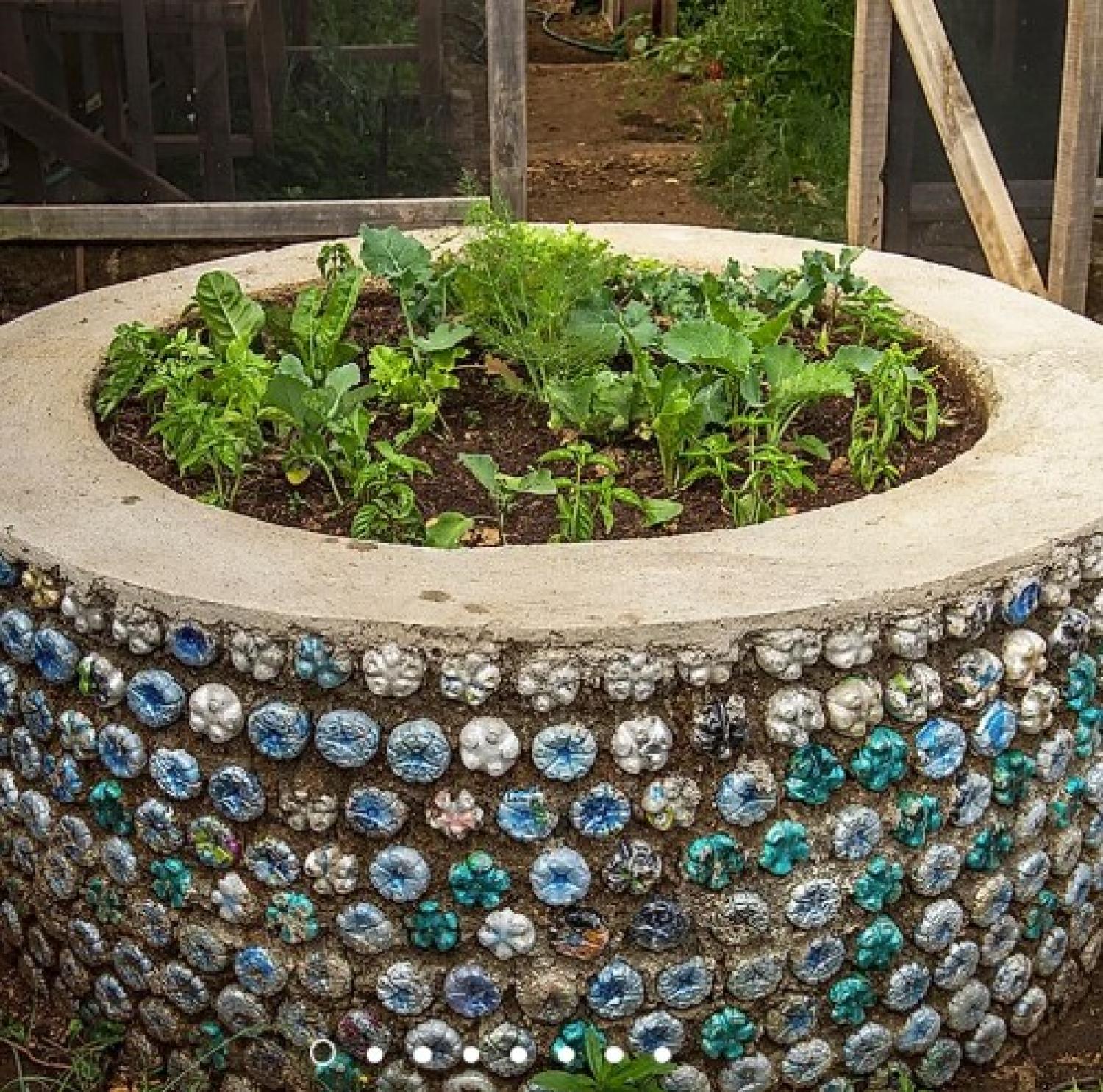Ecobricking: pack your plastic!

Plastic production is a huge problem, and it is increasing exponentially - by 448 million tons since 2015 (nationalgeographic.com). In a world that produces so much plastic, it is nearly impossible to avoid having unrecyclable plastics in our homes, no matter how hard we try to go plastic-free. Don’t worry, there’s a solution: ecobricking!
The history of ecobricking
- Guatemala was struggling with an overabundance of plastic due to insufficient waste infrastructure.
- Citizens of Guatemala created ecobricking to collect excess plastic and use it for building (natracare.com).
- Environmental activist Susanna Heisse created the first construction system with ecobricks in 2003 (refash.in)
- Soon after, other third-world countries caught on. It’s time for the developed world to catch on!
Why ecobrick?
- Plastic has many good properties; however, it contaminates ecosystems when it goes to waste.
- Instead of simply throwing plastic away, we should put it to use.
- Plastic is extremely durable, therefore it is a great building tool.
- Ecobricks put plastics to use instead of allowing them to contaminate our biosphere.
How to ecobrick
Ecobricking is simple! Check out ecobricks.org.
- Step 1: Save, separate, clean and dry your plastics.
- Plastic must be clean and dry to avoid microbial growth in your brick.
- Step 2: Choose a bottle.
- Make sure it's shape is consistent with what you want to build.
- Be sure that your bottle is easy to come by. You don’t want to have to purchase something just to make a brick.
- Step 3: Find a good stick or long object that you can pack down the plastic with.
- A sturdy stick that fits into the top of your bottle will ensure that your plastic is packed tightly - leave no empty space in the bottle.
- Step 4: Ensure that no metals, glass, paper or biodegradables go into your ecobrick. These materials can be disposed of more safely than plastic.
- Step 5: Pack your bottle tight!
- Be sure there is no empty space in the bottle, it should be as dense as a real brick.
- To ensure that your bottle is dense enough, weigh it.
- Minimum weight = bottle volume(ml)*0.33
- Step 6: Cap it and log!
- Leave 1-2 cm between the cap and the top of your capped plastic.
- You can calculate your overall impact by logging your brick on the GoBrik App.
What to do with your ecobrick
- Use ecobricks to build furniture, gardens, playgrounds and more!
- You can also donate/exchange ecobricks in some locations.
- In Boulder:
- Drop your bricks off at The Kiva Center (1780 Lombardy Dr.)
Check out our other zero waste articles
- General zero waste info and news
- Facts, concepts and opinions from CU students, faculty and staff
- Industry news and policy
- Zero waste lifestyle and DIY ideas


